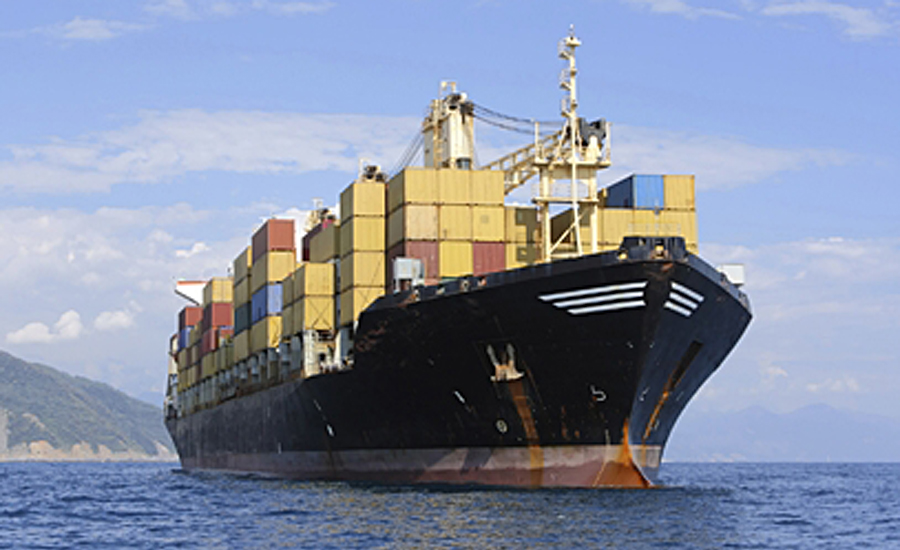Retail imports surged in November ahead of December tariffs
Nonetheless, the trade war is one of the factors impacting forward-looking models.

Volume at major container ports bumped up significantly in November, as retailers imported merchandise ahead of new tariffs set to take effect this month, according to the Global Port Tracker report released by the National Retail Federation, Washington, D.C., and Hackett Associates, Alexandria, Va.
“At this point, holiday merchandise is already in the country, so the direct impact of new tariffs won’t be seen until the season is over,” says Jonathan Gold, vice president of supply chain and customs policy for NRF. “Nonetheless, tariffs are bad for both consumer and business confidence, and we hope that the December tariffs will be canceled or postponed as a sign of good faith. We need a deal with China as soon as possible, so we can bring an end to the trade war that has put a drag on the U.S. economy for far too long.”
“The U.S. consumer has shrugged off the slowdown in the economy,” adds Ben Hackett, founder of Hackett Associates. “Even though growth has slowed, low unemployment and higher wages have helped bolster purchases, and thereby, imports for consumer goods.”
Nonetheless, the trade war is “one of the factors that is impacting our forward-looking models as we continue to show slower long-term growth in import volumes,” adds Hackett.
U.S. ports covered by Global Port Tracker handled 1.88 million twenty-foot equivalent units (TEU) in October, up 0.6% from September but down 7.5% from the all-time monthly record of 2 million TEU in October 2018.
November jumped to an estimated at 1.95 million TEU, up 8% year-over-year, as retailers frontloaded imports ahead of this month’s scheduled tariffs. That was the highest number since 1.97 million TEU in August, when retailers did the same ahead of tariffs that took effect in September. December is expected to drop to 1.79 million TEU both because of the new tariffs and the usual falloff in imports as the holiday season winds down. The projected December number is down 8.9% from high numbers seen a year ago during a similar pattern of bringing in merchandise ahead of new tariffs.
The first half of 2019 totaled 10.5 million TEU, up 2.1% over the first half of 2018, and 2019 is expected to see a new annual record of 21.9 million TEU. That would be up 0.8% from last year’s previous record of 21.8 million TEU.
January 2020 is forecast at 1.87 million TEU, down 1.2% from January. February – traditionally the slowest month of the year because of Lunar New Year factory shutdowns in Asia – is forecast at 1.62 million TEU, down 0.3% from a year ago. March is forecast at 1.76 million TEU, up an unusually high 9.2% because of fluctuations in the Lunar New Year calendar, while April is forecast at 1.84 million TEU, up 5.6% year-over-year.
Looking for a reprint of this article?
From high-res PDFs to custom plaques, order your copy today!






